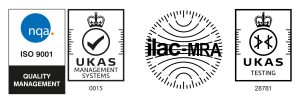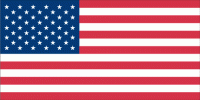Unless you’re considered to be an expert in hazardous goods, or you’re forever with your head buried inside a copy of any of the model regulations, then you probably don’t realise how many everyday items around us pose a risk.
What are dangerous goods?… as a quick reminder, dangerous goods are those substances or materials that pose a risk to the health, safety of people, animals, property or the environment.
Typically, when people think of dangerous goods, they think big impact; they often think of explosives, guns and aggressive chemicals; the sort of stuff that can cause mass devastation and destruction at the drop of a hat. Whilst this can be true but fortunately rare, the term ‘dangerous goods’ covers much more than that.
In fact, there are over 2,000 individual UN numbers – and within each individual UN number can be a whole host of different substances.
So – with that said, how many of the following items did you know were dangerous?
Alcoholic Beverages
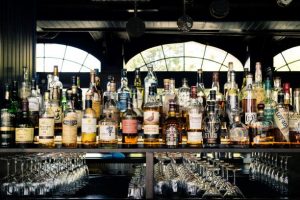
Alcohol in large quantities can be classed as a Hazard Class 3
Small amounts of low volume alcohol are generally fine and not deemed to be dangerous, so your glass of wine or pint of real ale in the pub are probably fine!
But larger volumes of liquids with higher alcohol strengths have the potential to cause harm due to their flammability and are a Hazard Class 3.
Perfume
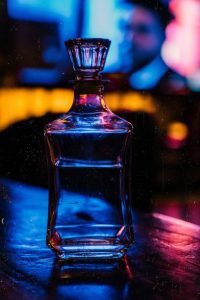
Perfume is a hazard class 3 as it has a flammable nature
Whilst known for its ability to make you smell good, perfume poses its own risks in transport, mostly because of its flammable nature. As such, it is assigned to hazard class 3, flammable liquids and requires a minimum standard of packaging when shipped.
Electric Scooters

Are electric scooters classed as dangerous goods?
Electric Scooters have proved troublesome for a number of reasons;
1) Currently in the UK Electric Scooters are not actually road legal, so riding a scooter around in public can cause all sorts of legal headaches.
(2) Electric Scooters are wireless, and as a result require periods of charging in order for them to operate. When not plugged in, they rely on rechargeable batteries – most often made of lithium ion. The argument over lithium batteries and their hazards is one that’s rife in the industry at the moment, but we won’t go there at this time – we could talk for hours.
Lithium batteries are assigned to hazard class 9. There have been a number of incidents in recent years as batteries have been known to overheat and quickly burst into flames, and if not packaged correctly for transportation can cause serious damage – especially inside an aircraft at 30,000 feet!
Paint
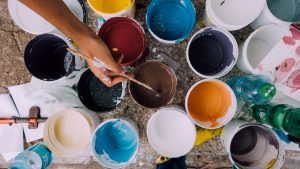
Paint is a corrosive substance, assigned to hazard class 8.
Paint is a corrosive substance, assigned to hazard class 8.
Corrosives are those that, when in contact with another substance, can cause damage or destruction.
The level of danger posed by paint will depend on the chemical nature of the individual substance, but all paint should be packaged appropriately in packaging suitable for shipping dangerous goods.
Frozen Fruit
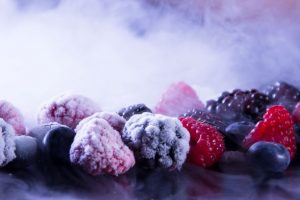
Frozen Fruits are generally packed using dry ice.
Let’s be clear – frozen fruit itself poses no danger where the world of dangerous goods is concerned. The hazard comes from the dry ice that the frozen fruit/food is transported with to ensure that it maintains its frozen composition.
Dry ice falls under Class 9 (Miscellaneous Substances) and has the potential to cause asphyxiation when present in small spaces.
Milk
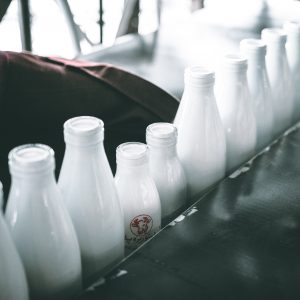
Milk can be hazardous to the environment.
You have indeed read that correctly… milk.
Milk is deemed dangerous when in sufficient enough quantity whereby if it entered a pool of water inhabited by fish, the fish may die.
We’re not talking a four pint carton. Instead, it would need to be gallons upon gallons of milk – sufficient enough to starve water of oxygen.
In 2002, 19,000 litres of milk were at risk of entering a lake that was home to 50,000 fish after a tanker crashed into a bridge. Fire crews worked tirelessly to prevent the milk entering the water – otherwise the results could have been fatal.
In this case, milk in large quantities would be deemed to be environmentally hazardous – the hazard label for which depicts a upside down dead fish!
Information correct at time of publishing, 11th February 2020
 UK
UK

